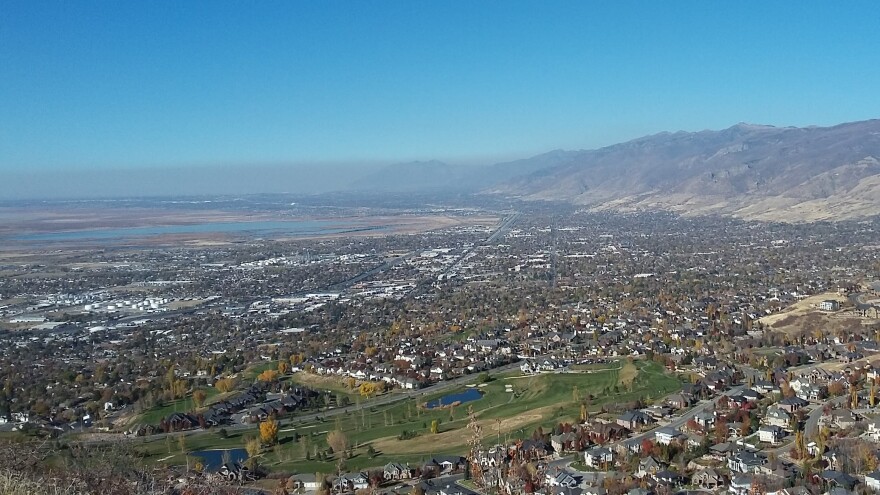A midday Trax trip to downtown Salt Lake City during a severe dust storm a few years ago, led research assistant professor at the University of Utah Daniel Mendozato to consider the impact of air quality on school children at recess.
“We actually could see that some schools at the exact same time as another school, they had up to five times that pollution concentration just because the storm was sort of moving in its own pattern,” said Mendoza.
Medoza and his team used a network of air quality sensors to obtain unusually detailed data on the event. They’ve since analyzed sensor data for the Salt Lake City school district from 2015 – 2018.
On bad air days they’ve found absences were higher in elementary schools than high schools. Which makes sense-- younger children are more sensitive to air pollution.
“Probably the most important one for the health perspective,” Mendoza said, “is that even low levels of pollution, levels that we consider safe for the public, are detrimental in terms of school absences.”
According to Mendoza, most similar studies find school absences increase the day after highly elevated PM2.5 pollution. His team’s study found school absences also occur in relation to lower levels of PM2.5, but these occur with a 3 to 5-day lag because of the cumulative exposure to the lower pollution levels.
Mendoza said these absences aren’t just bad for the kids-- they are bad for the economy. To take a deeper look at this, the team modelled a reduction in pollution levels by half as a cost-benefit analysis.
“The impact or the money saved, meaning the money that is not wasted due to all of these factors, is $426,000 a year just for the schools in the Salt Lake City School District,” Mendoza said. “Because that money is not going to essentially be lost to the economy. So that's something that now we can work with at the stakeholder level, whether it be at the local level, the school district level or at the legislative level.”


